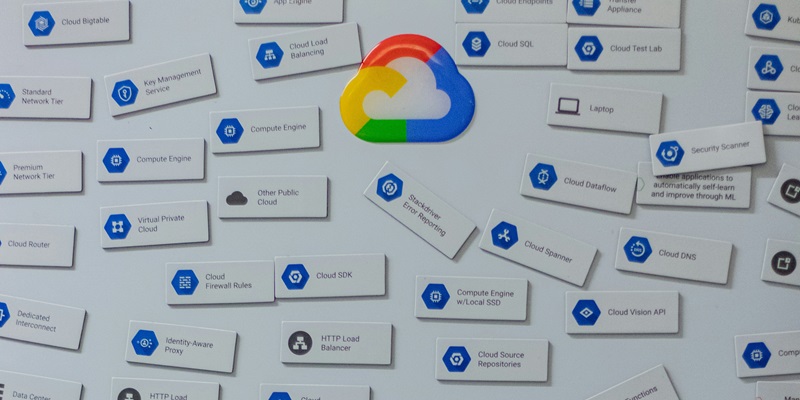Setting specific quotas on Google Cloud resources that are utilized by your project can be essential in ensuring that the billing never exceeds your budget. In this article, we will explore the benefits of structuring quotas as infrastructure-as-code and discuss how to efficiently manage Google Cloud resource quotas with Terraform.
Setting up Google Cloud quotas with Terraform
To effectively manage resource quotas, we rely on the ‘google-beta’ Terraform provider. This provider offers functionalities specifically tailored for managing quotas. By leveraging Terraform’s infrastructure-as-code approach, we can easily define and modify quotas within our codebase. This not only streamlines the management process but also brings us advantages like version control, collaboration, and reproducibility.
Understanding Quota Limits
Quota limits, often referred to as the ‘limit’ attribute, are an essential aspect of Google Cloud quotas. It is crucial to understand their role in managing resource usage. However, these limits are not directly visible in the Google Cloud console. To effectively work with quotas, we need to rely on Google Cloud API responses.
Managing BigQuery project-level query usage quotas
Specific services require careful attention to their quotas. Let’s focus on BigQuery and explore how to set up project-level query usage quotas using Terraform. We can achieve this by defining a Terraform resource called “google_service_usage_consumer_quota_override”.
Defining the first Terraform resource
Let’s dive into defining our first quota resource, specifically tailored for controlling BigQuery query usage per day. By setting up this quota, we can effectively manage and monitor the amount of data scanned in BigQuery for our project. Using the “override_value” field within the Terraform resource, we can set the quota limit to 100 TB of scanned data per day.
Controlling user-level quota spending
While project-level quotas are essential, it is equally important to regulate user-level quota spending. By implementing user-level quotas, we can prevent any individual from consuming a disproportionate amount of resources. With Terraform, controlling user-level quotas becomes effortless and allows for efficient resource allocation.
Managing Google Cloud resource quotas with Terraform offers a streamlined and reproducible approach. By adopting infrastructure-as-code principles, we can easily define and modify quotas as part of our codebase, ensuring efficient resource management. From setting up project-level quotas for services like BigQuery to controlling user-level quota spending, Terraform empowers us to effectively manage and monitor resource usage. It is crucial to integrate quota management into our infrastructure-as-code practices to leverage the full benefits of managing quotas on Google Cloud.

